Five koshas: How to gain access to hidden inner layers

The movie Cake follows the main character, Clair (played by Jennifer Aniston), as she struggles with chronic pain that was a result of a bad car accident. Yet, despite time and physical therapy, Clair doesn’t seem to have made any progress toward healing. At one point, her physical therapist asks her, “Do you want to get better?” Clair does not have a clear answer. As her story is told, we discover that she is not only dealing with physical pain but also with the death of her child and her own survivor’s guilt. Her physical pain was truly a reflection of her deep emotional wounds. Until she was willing to face her inner struggles, her physical or emotional healing was not possible.
The yoga tradition says that humans are multidimensional beings, and when problems arise, they usually show up on multiple levels. The five layers of the human system (or five koshas) are sometimes illustrated similarly to nesting dolls, one fitting neatly inside the other.
The physical body is the most obvious external dimension; hiding inside it is the layer of energy and physiology, then the layer of intellect, then personality, and the deepest of all is the layer of joy. This is a rather simplified view of our multidimensional selves, of course, as those layers are not separate from each other. But this representation illustrates one important point about the Panchamaya model: the external layers can obscure what’s happening on the inside. If you experience physical symptoms of discomfort, it is tempting to try to figure out the cause on the level of the physical body, but it might be deeper than that. For example, if you have ongoing stomach issues, it might be related to drinking too much coffee, or it might be connected to the low-grade anxiety that you are experiencing, which might be associated with your recent fall, which reminds you of your mother and how fragile she became at your age, and so on. So, whatever is happening on the level of the physical body might have roots in the deeper layers of your system. Unless you examine those deeper layers, you are bound to tinker with symptoms rather then addressing the source of the problem.
You won’t know what the source of your chronic issue is until you dig deeper, and the best way to dig deeper is through meditation. The teachings and practices of meditation are fundamentally about training your ability to direct and maintain attention, not about achieving the blank mind. We can use meditation to develop concentration skills, deepen our focus, and let go of mental chatter. But, ultimately, meditation enables us to see our deep patterns of thought and behavior that impact our physical bodies, our energy and physiological functioning, our interactions and our relationships, and our happiness. Through meditation, we are able to gain access to deeper dimensions of our systems (that are usually obscured by stuff happening on the surface) and AFFECT THE DIRECTION OF CHANGE that our bodies and our lives go through.
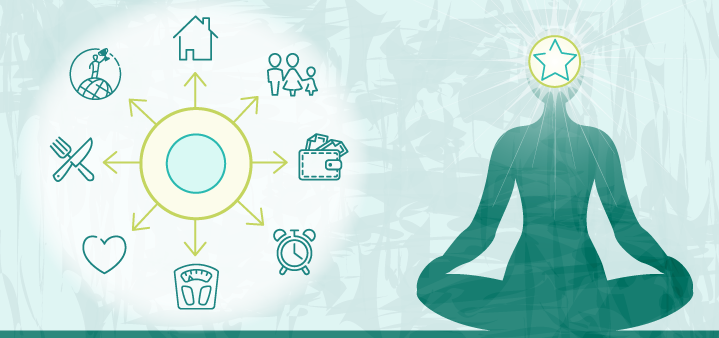
The yoga tradition has its own teachings of meditation derived mostly from the Yoga Sutras of Patanjali.

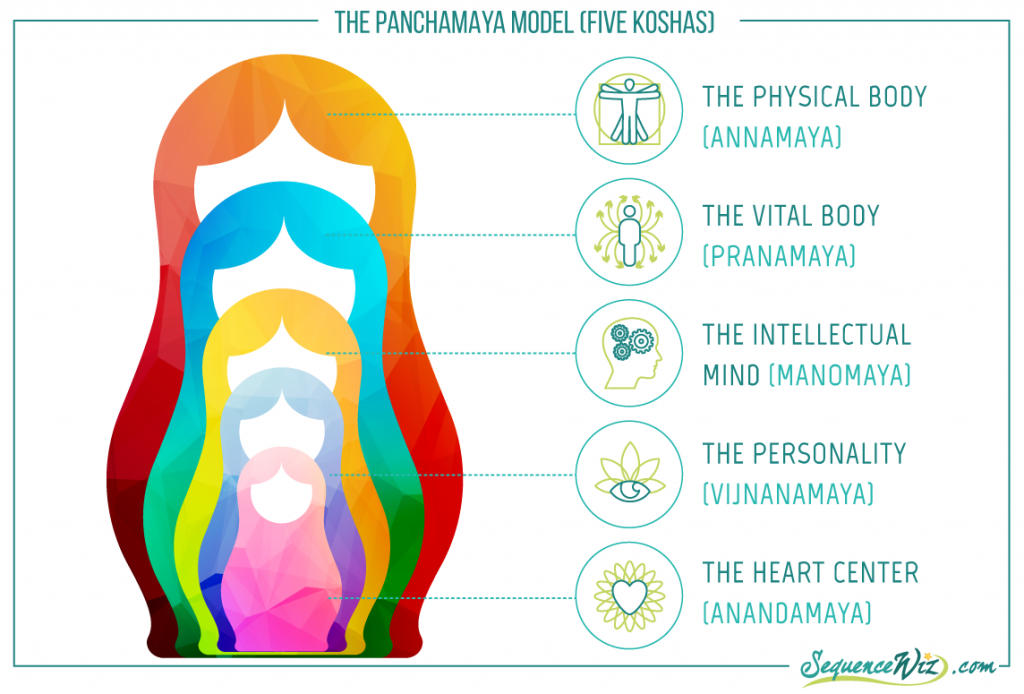
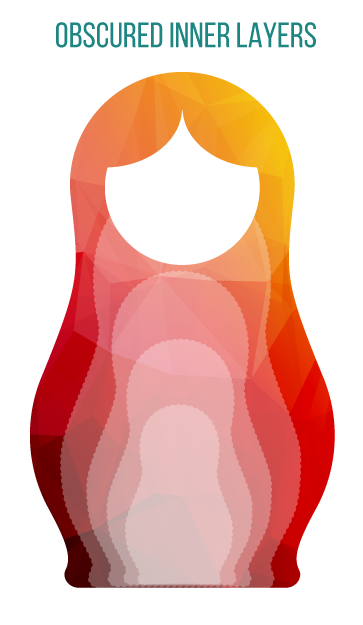
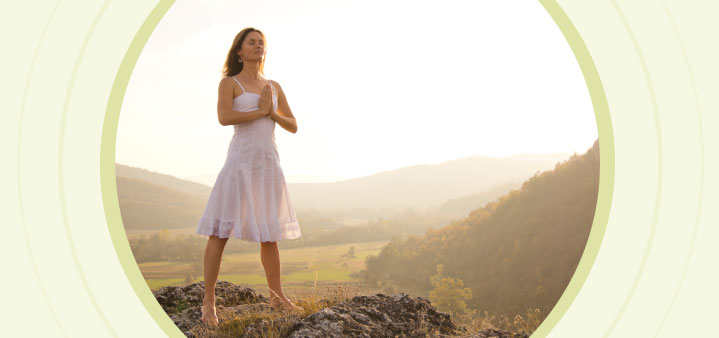
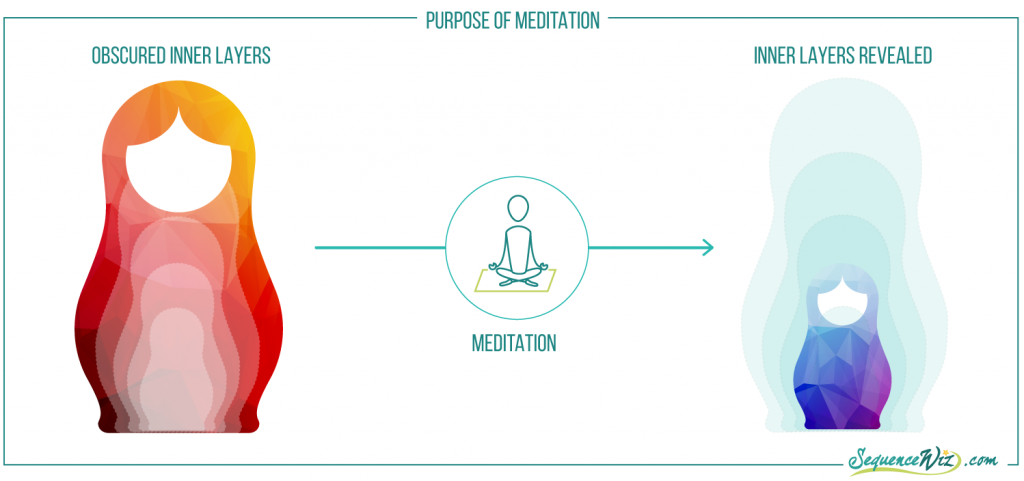
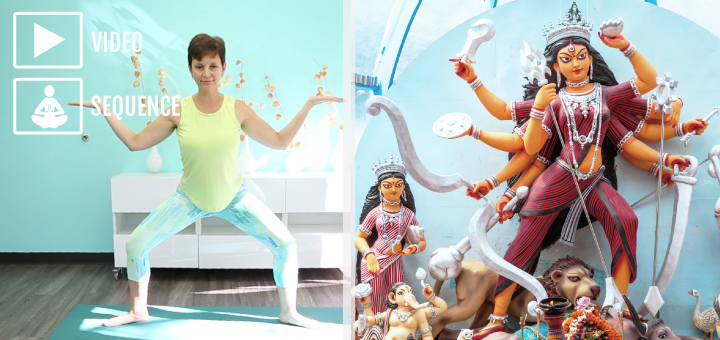




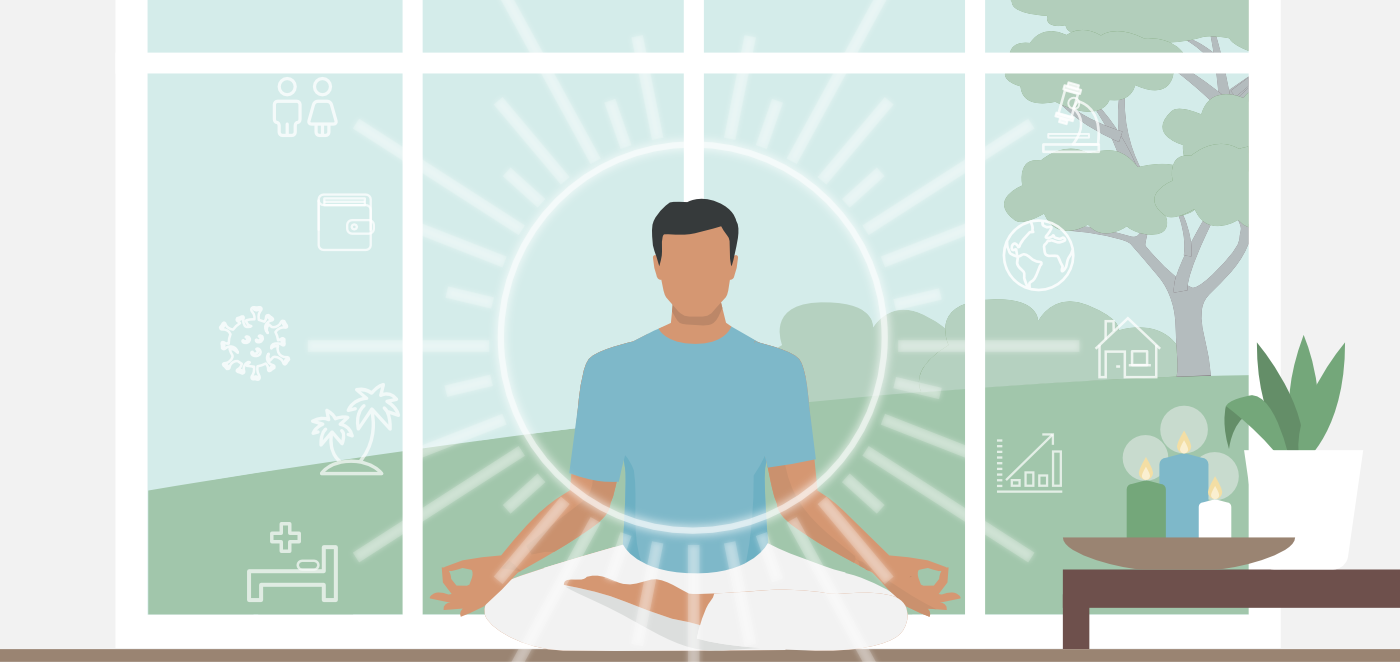

Olga, this is by far the absolute best definition/description of “meditation” I have ever heard.
Darlene
PS: Loving your new APP!!!
Wow, thank you Darlene! And so happy to hear that are enjoying the app!
Love your essays on yoga, Olga.
Thank you Suzanne!
Olga, I love that movie…also love your site, and your little chart on meditation. short and sweet!
🙂 Thank you Lynne!
This is another wonderful piece of writing, Olga- I have to tell my yoga students about your site. I just bought your yoga journal for myself, and I’m looking forward to using it.
Yey, that’s great Sally! Let me know how you like it once you put it to use 🙂
Thank you! I love your posts.
‘As a Man Thinks so He Becomes’
🙂 love this! I was just telling a student about how meditation teaches us to focus. I just finished a 21 days of meditation email series, helping people learn to meditate – still fine tuning it, but you’re welcome to check it out and let me know what you think. https://prayerandyoga.us2.list-manage.com/subscribe?u=ca4e0d03943c1f148ea508326&id=bc1e5f4642
Olga, I’ve been enjoying your lessons for about two years now—since I first learned of them/you. Your thoughts and applications are so relevant to the people of today. Thank you for bringing the interpretations of yoga from “mystic” to “meaningful”. The definition of meditation makes much more sense than “emptying the mind.” I mean, who can really do that??? Thank you for your passionate work of sharing.